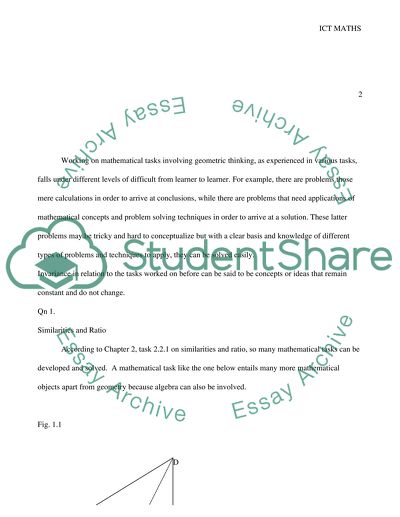Cite this document
(“Mathematical Tasks Math Problem Example | Topics and Well Written Essays - 2000 words”, n.d.)
Retrieved from https://studentshare.org/science/1501564-mathematical-tasks
Retrieved from https://studentshare.org/science/1501564-mathematical-tasks
(Mathematical Tasks Math Problem Example | Topics and Well Written Essays - 2000 Words)
https://studentshare.org/science/1501564-mathematical-tasks.
https://studentshare.org/science/1501564-mathematical-tasks.
“Mathematical Tasks Math Problem Example | Topics and Well Written Essays - 2000 Words”, n.d. https://studentshare.org/science/1501564-mathematical-tasks.


